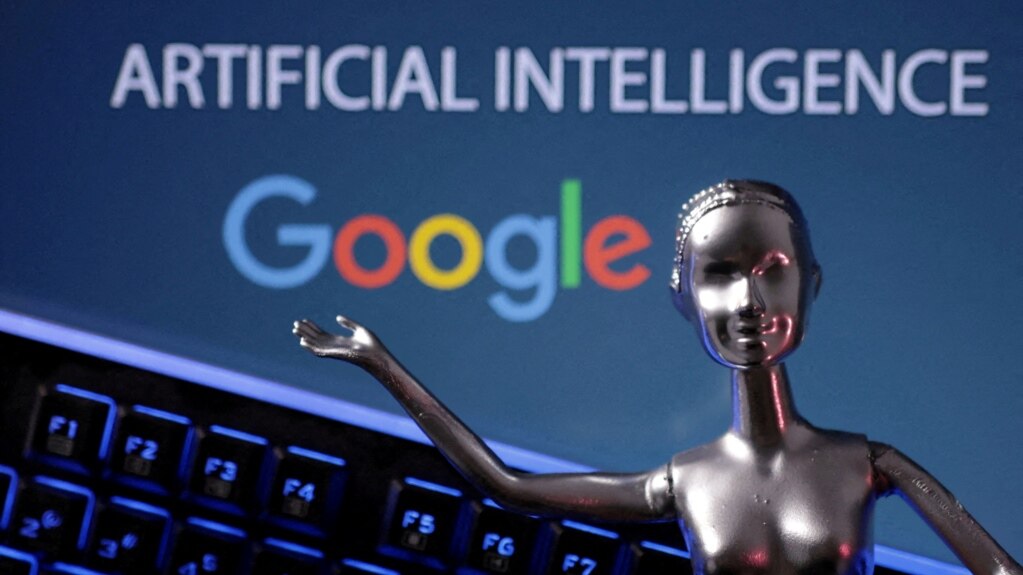Google has launched a tool designed to mark identity on images created by artificial intelligence (AI) technology.
The American-based search engine and online advertising company announced the new tool in a statement Tuesday. Google has already made the system available to a limited number of beta testers. Google plans to expand its use in the future.
A team at Google Deep Mind developed the tool, called SynthID, in partnership with Google Research. SynthID is designed to work with Google’s AI image creator Imagen. That system creates full film-quality images from simple text commands. For now, only Imagen users will be able to use the AI identifying tool.
SynthID works by creating a hidden, digital “watermark” on images. Watermarks have long been used with paper documents and money as a way to mark them as being real, or authentic. With this method, paper can be held up to a light to see if a watermark exists and the document is authentic.
A digital watermark serves the same purpose. But it uses technology to digitally embed hidden markers in images. These watermarks are hard to see by just looking at an image. Instead, special tools are needed to identify the watermark.
Google says the digital watermark is designed to help individuals and companies identify whether an image has been created by AI tools or not. This could help people recognize inauthentic pictures published online and also protect copyright-protected images.
Technology experts have identified these issues as two of the biggest problems with AI creation tools – they can increase the amount of misinformation online and they can violate copyrights.
Last month, Google’s parent Alphabet joined other major technology companies in agreeing to establish watermark tools to help make AI technology safer.
The companies – including Facebook parent Meta, Microsoft-backed AI developer OpenAI and online seller Amazon – made the agreement during a meeting with U.S. President Joe Biden at the White House. They promised to fully develop and test watermarking tools for content including text, audio and video.
Google said its system embeds a digital watermark directly into the details of an image. The tool can be used for “connecting people with high-quality information and upholding trust between creators and users across society.”
Developers of the SynthID system said it is built to keep the watermark in place even if the image itself is changed by creative tools designed to resize pictures or add additional light or color.
The tool can add a hidden watermark to AI-produced images created by Imagen. SynthID can also examine an image to find a digital watermark that was embedded with the Imagen system.
Google says it will continue to test the watermarking tool and hopes to collect many user experiences from the current beta testers. And the company looks forward to adding the system to other Google products and making it available to more individuals and organizations.
In addition to SynthID, Google also announced Tuesday the launch of additional AI tools designed for businesses and structural improvements to its computing systems. Those systems are used to produce AI tools, also known as large language models.
Google made public a new version of its self-designed AI computing chips. The company says the new chip, called TPU v5e, was built to train large computer models, but also more effectively serve those models. Google also released new versions of software and security tools designed to work with AI systems.
I’m Bryan Lynn.

